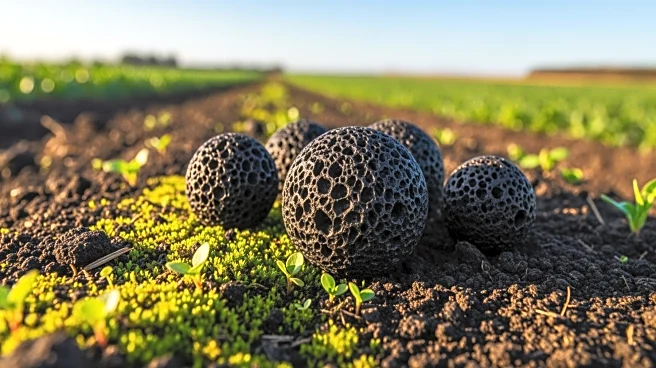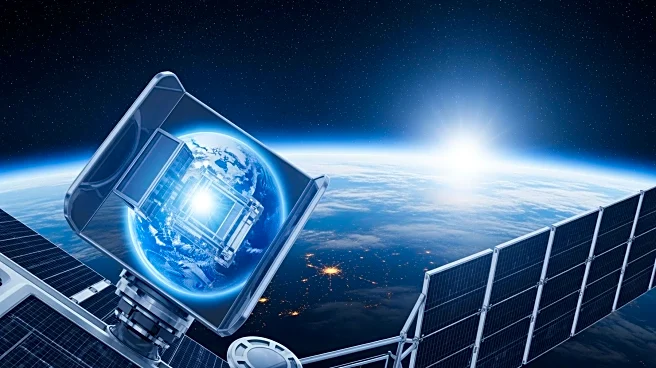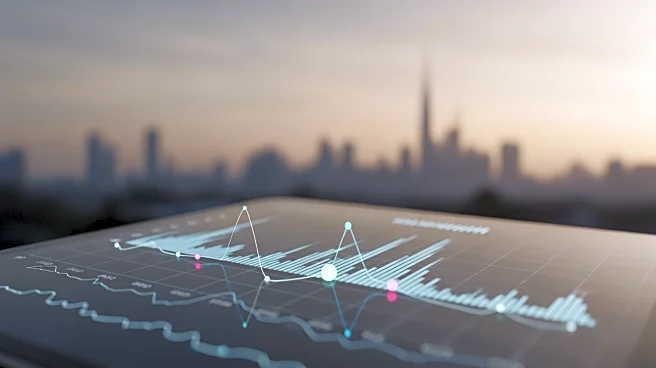What's Happening?
A new large-scale remote sensing model has been developed to track pest vole populations with high resolution, offering an integrated approach to monitoring these agricultural pests. The model utilizes
Sentinel-2 satellite data to predict vole abundance and distribution, providing a cost-effective alternative to traditional field surveys. This approach combines remote sensing technology with field observations to create a damage index that quantifies vole abundance based on vegetation damage severity. The model aims to improve pest management by enabling rapid decision-making and reducing labor demands. It is particularly focused on the fossorial water vole, a species known for causing significant crop damage and posing public health risks due to its role as a reservoir of zoonotic pathogens.
Why It's Important?
The development of this remote sensing model represents a significant advancement in pest management strategies, particularly for agricultural sectors affected by vole infestations. By providing a more efficient and scalable method for monitoring vole populations, the model can help mitigate the economic impact of crop damage and reduce the risk of zoonotic disease transmission. The integration of satellite data into pest management frameworks allows for more precise and timely interventions, potentially improving the effectiveness of control measures. This approach also highlights the growing importance of remote sensing technology in environmental monitoring and management, offering new opportunities for addressing complex ecological challenges.











